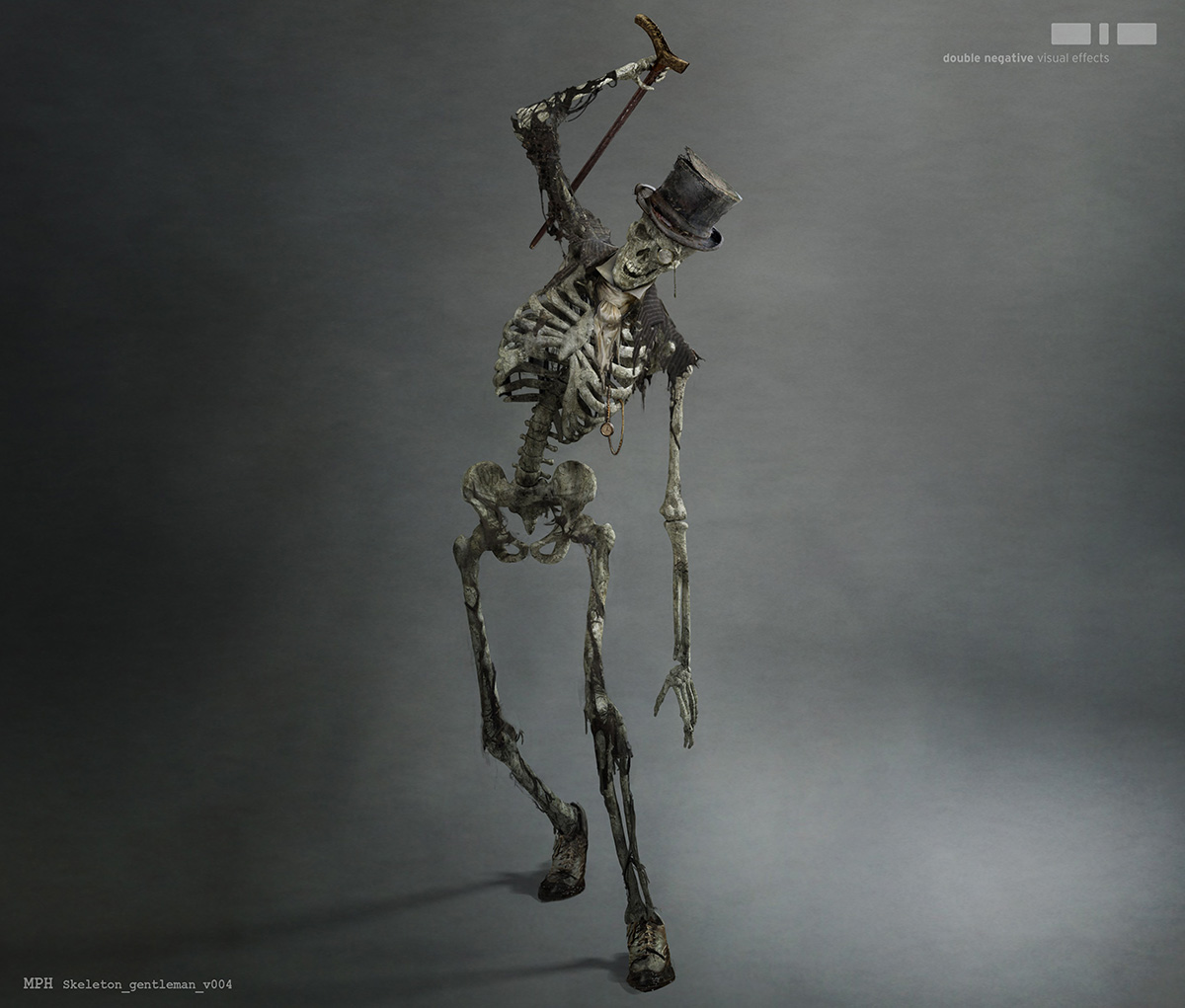The purpose of using Augmented Reality (AR) is to add information and meaning to a real object or place. It all started with the basic concept of superimposing an object or layer over another layer or object. It is nothing but an artificial view of a live feed composited in real time with some relevant overlaying information. For the past few decades, more so in the last 5-6 years, with the development of Smart Phones, this artificial view of the physical world – ’Augmented Reality’ has come out from the scientist’s lab and is gradually becoming a part of our daily life.
People’s quest for seeing something more than what they can experience in real life led Morton L. Heilig, a film-maker, to design the first virtual reality experience in the 60’s. He patented a machine called Sensorama in 1961. For his research and inventions in this space he is considered to be the ’Father of Virtual Reality’. During the late 1980’s Virtual Reality (VR) had created a lot of buzz in the technology arena and was considered an important emerging technology, which can change and revolutionize man-computer interactivity.
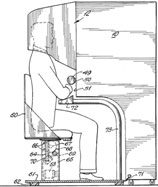
However, the first major step in making Augmented Reality possible was the invention of Head Mounted Device (HMD) by Professor Ivan Sutherland of Harvard University in 1968. It was a device ahead of its times and changed the way people started looking at things. Professor Tom Caudell of Boeing came up with a unique idea to make the manufacturing process in the Aviation Industry easier. He developed a complicated software that could overlay the original positions of certain cables in the building process. In doing so he lay the foundation of today’s Augmented Reality solutions.
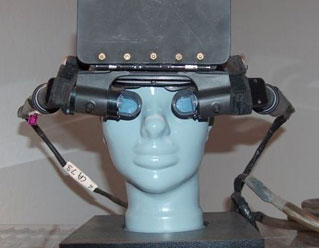
Till the late 90’s AR remained confined and within the scope of usage of the scientist’s in labs. Common people were not aware of the technology as it involved expensive and complicated devices and softwares. It all changed when Dr. Hirokazu Kato developed AR Toolkit for the open source community. The same toolkit allowed video capture tracking of the real world to combine with the interaction of virtual objects and provided 3D graphics that could be overlaid on any OS platform.The same concept is used in all present-day AR applications, including the integrated cameras in Smart Phones and webcam in computers.
Currently, there are a number of research and development programs with regards to Augmented Reality. Hundreds of AR applications are available for all mobile Smart Phones irrespective of their OS platforms. It was the year 2008 that saw the first AR application being developed for the Android platform, when the Wikitude AR Travel Guide first launched on the T-Mobile G1 Android phone.
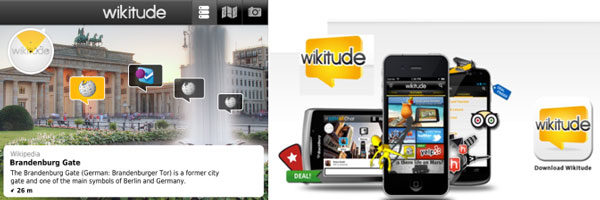
AR is an emerging technology and has got a lot of scope and potential to improve over time. With the recent revolutionary development in the mobile and Smart Phone segment, AR will soon become an integral part of daily human interactions. Be it finding the route while driving, choosing the best deals when shopping or taking assistance in a foreign location when travelling, all is possible due to AR. Today waiving and pointing a Smart Phone in front of a defined object is already showing some amazing results for AR users. Various companies are developing their AR applications, which can be downloaded from markets like Android Google Play, Apple iStore, Nokia Ovi Stores to name a few. This technology has the potential to affect all industries and walks of life, from advertising and marketing, to gaming, medicine and healthcare.
[youtube]http://www.youtube.com/watch?v=NmR_49_h6mc[/youtube]
In the automobile industry, Toyota and General Motors are already in the process of developing AR-based windows and windshield through which viewers can interact with elements outside the window. In future, this technology
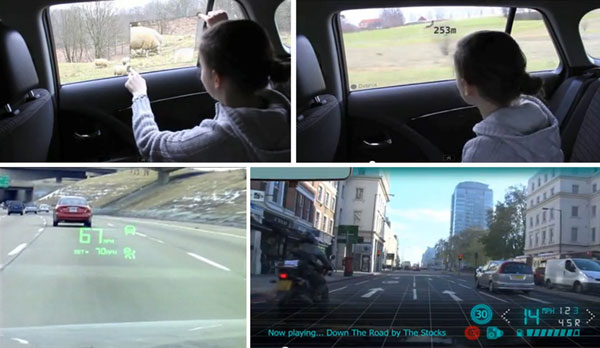
can become a game changer and can be explored to the extent of having warnings and information displayed on the windscreen. At present AR is looked upon as a technology that is still finding its footing and is niche. Everybody is exploring the options of its usability in day-to-day living and further impacts on human behavior.
Mobile giants Nokia have already integrated an application called CITY LENS, an AR application, with its new range of Lumia Smart Phones. Nokia claims that it will change the way people look around at their surroundings and their known city. It can help the user to find a restaurant, hit the closest theatre, go on a shopping spree, catch a train or visit their favorite sight. Dutch company LAYAR is trying to change the way people look at the advertising space in print media. With LAYAR, publishers and advertisers can quickly and easily activate their static print pages with digital experiences, all without hiring developers or installing software. In an age where online consumption is skyrocketing, print publications must find a way to communicate with their readers in new and interactive ways. LAYAR merges the online and the offline worlds, bringing new levels of engagement to a previously one-way conversation.

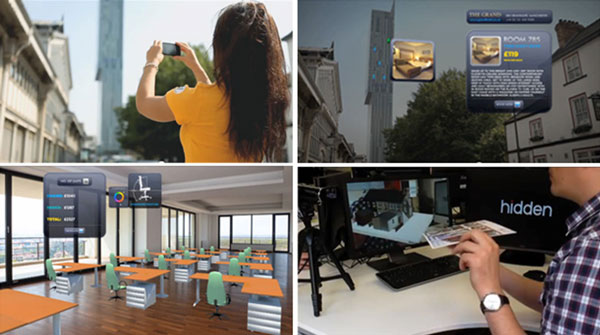
With multiple scope of usage in all facets of life, coupled with the meteoric development in mobile phone segment, sooner or later AR will be used as the primary medium of interaction for any value-added service. In the coming years we will witness some major developments in AR technology so that it can be an integral part of the life of future generations.



